The Deye 20kW 48V 3-Phase Hybrid Solar Inverter is a powerful and robust energy management solution designed for large residential, commercial, and industrial applications. This high-capacity inverter seamlessly integrates solar energy, battery storage, and the utility grid to provide a reliable, efficient, and cost-effective power system. Featuring dual Maximum Power Point Tracking (MPPT) controllers, it maximizes energy harvest from diverse solar arrays. Built with superior durability in mind, this 3-phase inverter ensures long-lasting performance and dependable power for your critical loads. Its 48V battery compatibility offers flexibility in energy storage solutions.
Key Features:
- High Power Output (20kW): Capable of handling significant energy demands for larger homes, businesses, and industrial facilities.
- 3-Phase Output: Provides balanced and stable power distribution for three-phase electrical systems, commonly found in commercial and industrial settings.
- 48V Battery System Compatibility: Designed for efficient integration with 48V battery banks, offering flexibility in choosing battery capacity and technology (e.g., lead-acid, lithium-ion).
- Dual MPPT Trackers: Allows connection of two independent solar arrays with different orientations or panel types, maximizing energy yield under varying sunlight conditions.
- High MPPT Efficiency: Advanced MPPT algorithm ensures optimal power extraction from solar panels, increasing overall system efficiency.
- Wide PV Input Voltage Range: Offers flexibility in solar array design and allows for a greater number of panels to be connected.
- Multiple Operating Modes:
- Grid-Tie with Battery Backup: Prioritizes solar energy, feeds excess power to the grid, and provides reliable backup power from batteries during outages.
- Off-Grid: Operates independently from the utility grid, relying on solar and battery power as the primary energy sources.
- Hybrid Mode: Intelligent power management optimizes the use of solar, battery, and grid power to achieve maximum energy savings and grid independence.
- Uninterruptible Power Supply (UPS) Function: Ensures seamless transition to battery power during grid failures, protecting critical loads from downtime.
- Smart Battery Management System (BMS) Communication: Compatible with various battery BMS protocols for optimized charging and discharging, extending battery lifespan and enhancing system safety.
- Remote Monitoring and Control: Typically features communication interfaces (e.g., Wi-Fi, Ethernet) for remote monitoring of system performance and parameter adjustments via web or mobile applications.
- Robust and Durable Design: Built with high-quality components and a rugged enclosure to withstand demanding environmental conditions, ensuring long-term reliability.
- Comprehensive Protection Features: Includes protection against over-voltage, under-voltage, overload, short circuit, reverse polarity, and over-temperature for enhanced safety and system longevity.
- Parallel Operation Capability (Check Specific Model): Some models may support parallel operation, allowing for system expansion to meet future power needs.
- Reactive Power Capability: Can provide reactive power support to the grid, contributing to grid stability (in grid-tie mode).
Typical Applications:
- Large Residential Homes with High Energy Consumption: Provides energy independence, reduces electricity bills, and offers reliable backup power for large households.
- Commercial Buildings: Powers offices, retail spaces, restaurants, and other commercial establishments, reducing operating costs and ensuring business continuity during power outages.
- Small to Medium-Sized Industrial Facilities: Can support various industrial loads, contributing to energy efficiency and providing backup power for critical processes.
- Agricultural Applications: Powers irrigation systems, cold storage, and other agricultural equipment, improving energy reliability in rural areas.
- Educational Institutions: Enables cost savings and provides backup power for schools and universities.
- Healthcare Facilities: Offers a reliable backup power source for essential medical equipment, ensuring patient safety during grid failures.
- Telecommunication Towers: Provides a stable and independent power supply for remote communication infrastructure.
- Microgrids: Forms the core of small-scale independent power grids, integrating renewable energy sources and energy storage.



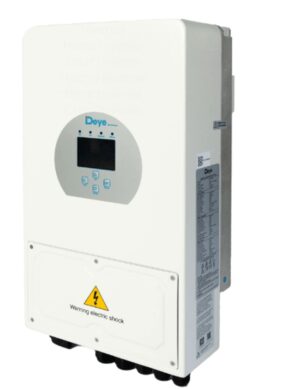






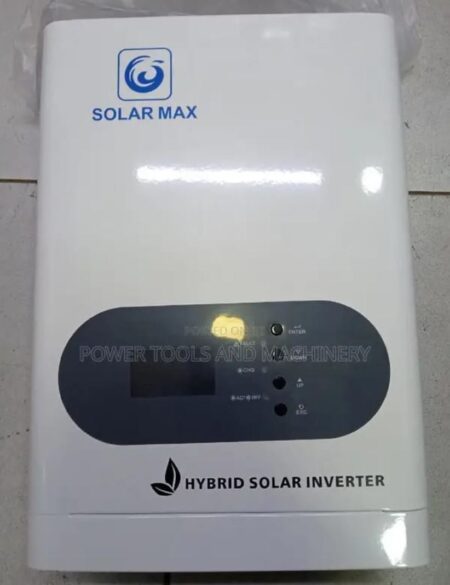
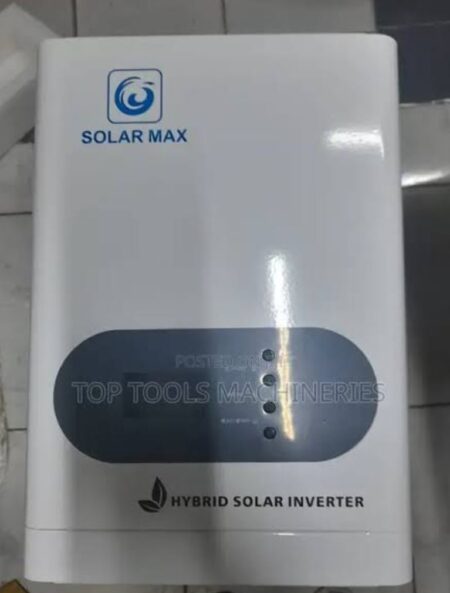
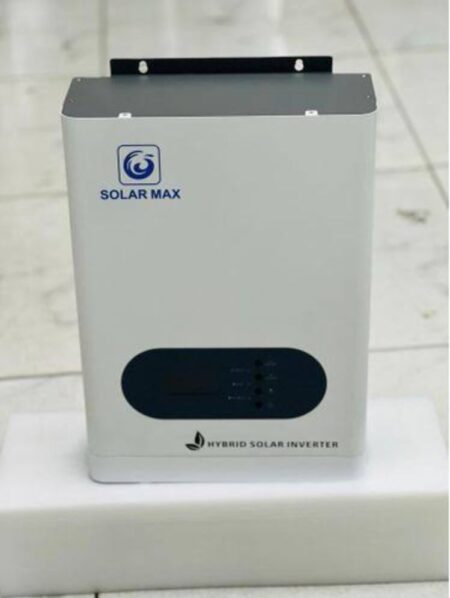
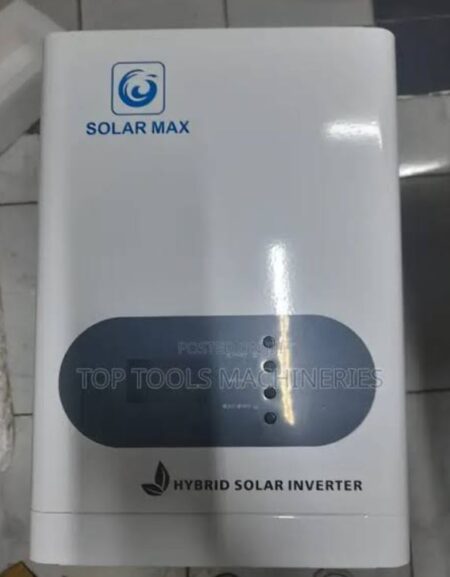
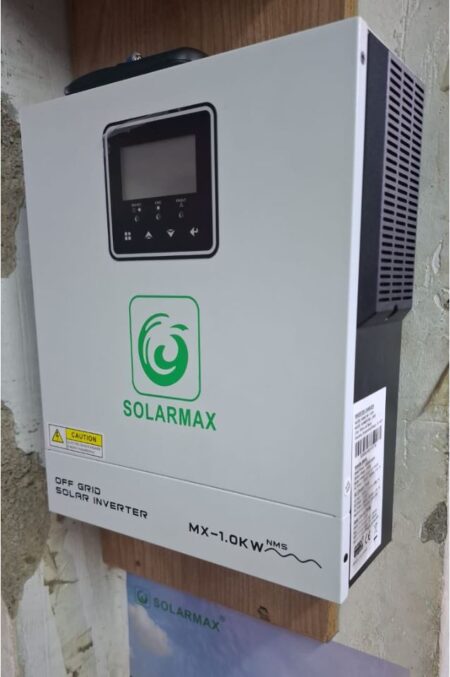
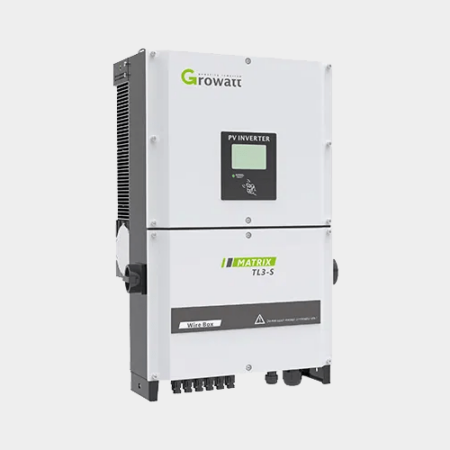
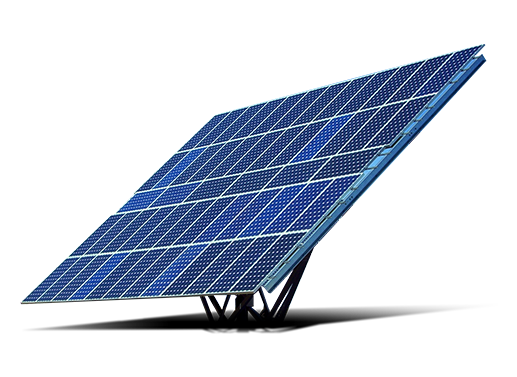
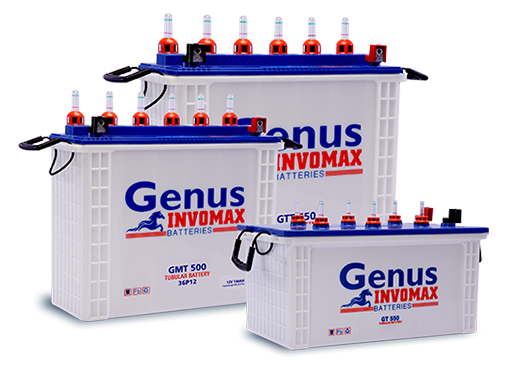
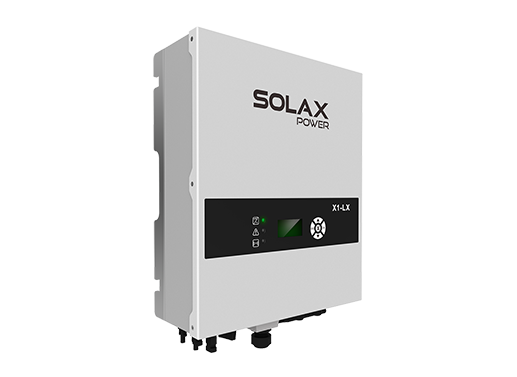
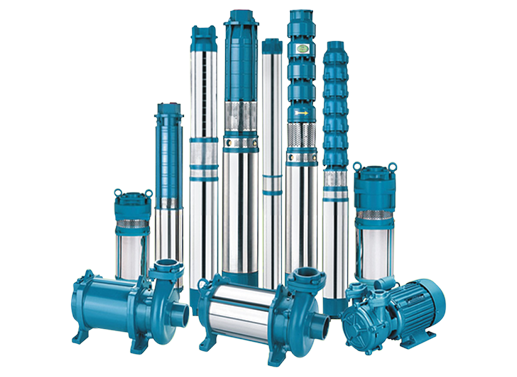


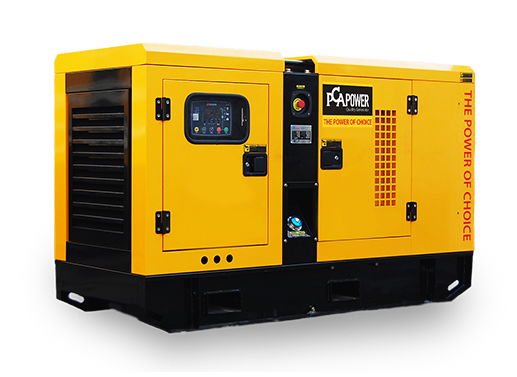
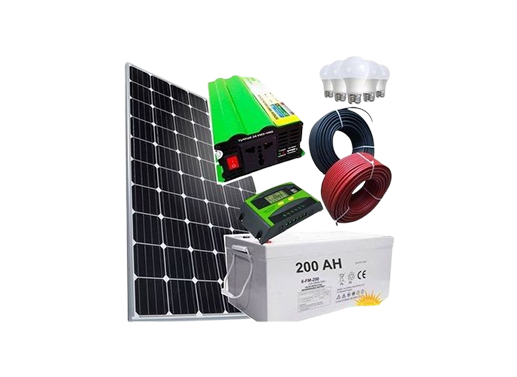

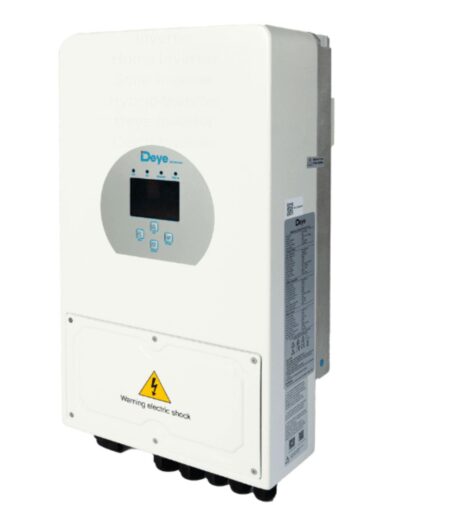
Reviews
There are no reviews yet.